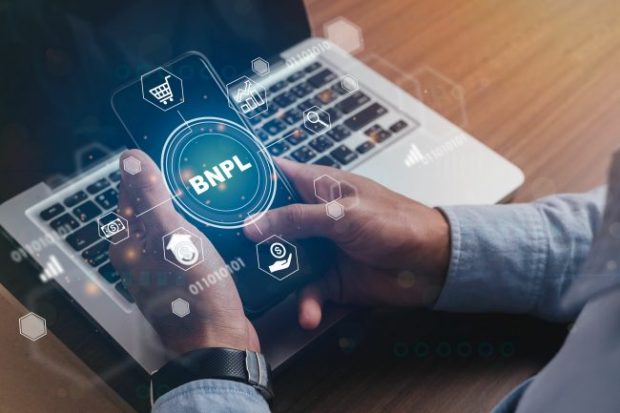 Credit/Adobe Stock
Credit/Adobe Stock
In today's fast-paced digital world, a credit union's reputation hinges on its ability to provide convenient and efficient services. Yet, when it comes to handling payment disputes, many credit unions are relying on slow, manual processes that leave members frustrated and dissatisfied. This outdated approach creates a negative member experience and opens the door to compliance issues and financial losses.
How can credit unions modernize their payment dispute process and transform it into a seamless, member-centric experience? The answer lies in embracing digital transformation and leveraging automation tools. By streamlining workflows, enhancing transparency and empowering members, credit unions can turn a potential pain point into a competitive advantage.
Recommended For You
Challenges Members Face With Manual Payment Disputes
For many members, the experience of filing a payment dispute with their credit union is anything but convenient and efficient. It often involves the following pain points:
- Lengthy forms and in-person visits: Members often fill out lengthy paper forms and visit a physical branch to initiate a dispute. This can be inconvenient and time-consuming, especially for those who live far from a branch or have busy schedules.
- Extended processing times: Manual processes are inherently slow and prone to delays. Members may have to wait days or weeks for their dispute to be resolved, which can cause significant financial hardship and frustration.
- Lack of transparency: Members often have little visibility into the status of their dispute. This can lead to confusion and anxiety, as they are left in the dark about when or if their dispute will be resolved.
- Repetitive communication: Members may have to contact the credit union multiple times to provide additional information or follow up on the status of their dispute. This can be frustrating and time-consuming, especially if they repeat their story to multiple representatives.
How to Integrate Payment Disputes Into Your Digital Strategy
In today's digital age, members expect a seamless and integrated experience across all their credit union interactions, including the payment dispute process. To meet member expectations, credit unions need to integrate payment dispute management into their overall digital strategy.
Credit unions can align their dispute resolution process with their digital banking channels by incorporating the five steps detailed below: Offer 24/7 digital dispute intake, simplify member interactions with digital signature capture, leverage smart forms to personalize and expedite dispute resolution, automate back-office workflows and expedite provisional crediting for low value disputes.
Following these steps creates a unified, personalized and proactive experience where members can easily report and track their disputes through the same online or mobile platforms they use for their everyday banking needs. For example, by leveraging data analytics and automation, credit unions can identify potential disputes early on and reach out to members with support and guidance. This improves the member experience and can help prevent fraud and reduce financial losses for both the member and the credit union.
Ultimately, by making payment disputes an integral part of their digital strategy, credit unions can demonstrate their commitment to member service and build stronger, more trusting relationships with their members.
5 Steps to Improve the Member Experience
Credit unions can leverage automation software to streamline and digitize the payment dispute process, resulting in a significantly improved member experience. Here are five key steps to take:
1. Offer 24/7 digital dispute intake: By providing online and mobile dispute intake, members can initiate disputes anytime, from anywhere, eliminating the need for a physical branch visit.
2. Simplify member interactions with digital signature capture: Digital signatures reduce the need for repetitive paperwork and streamline the dispute intake process.
3. Leverage smart forms to personalize and expedite dispute resolution: Smart forms guide members through the process, ensuring they only provide relevant information and reducing the time it takes to complete the dispute form.
4. Automate back-office workflows: Automating workflows ensures compliance and reduces manual tasks for staff, leading to faster processing times and fewer errors.
5. Expedite provisional crediting for low-value disputes: Automating provisional crediting for disputes below a certain threshold can provide members with faster relief and improve their overall experience.
By taking these steps, credit unions can transform the payment dispute process from a source of frustration to a positive, member-centric experience.

© 2025 ALM Global, LLC, All Rights Reserved. Request academic re-use from www.copyright.com. All other uses, submit a request to [email protected]. For more information visit Asset & Logo Licensing.







